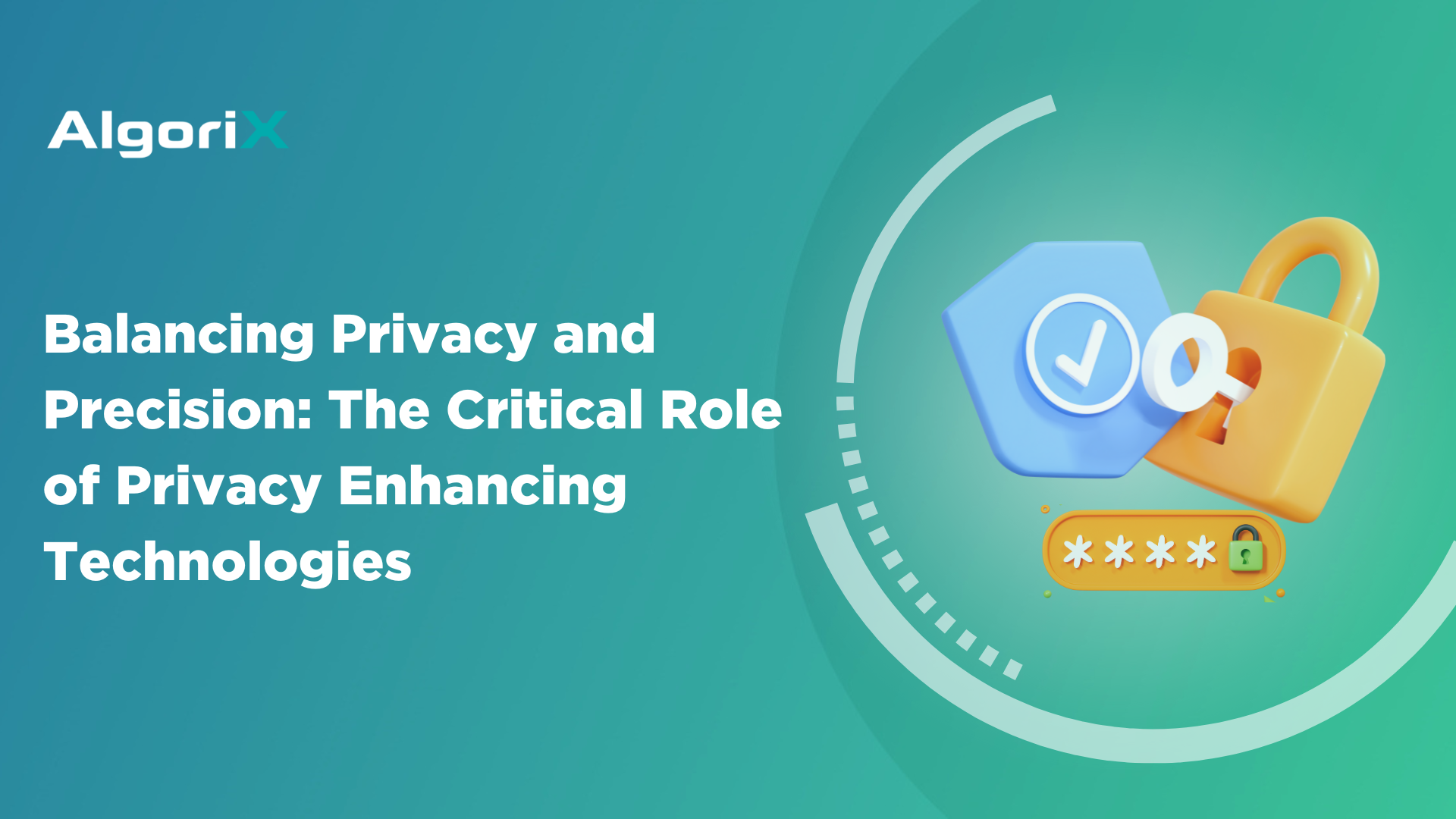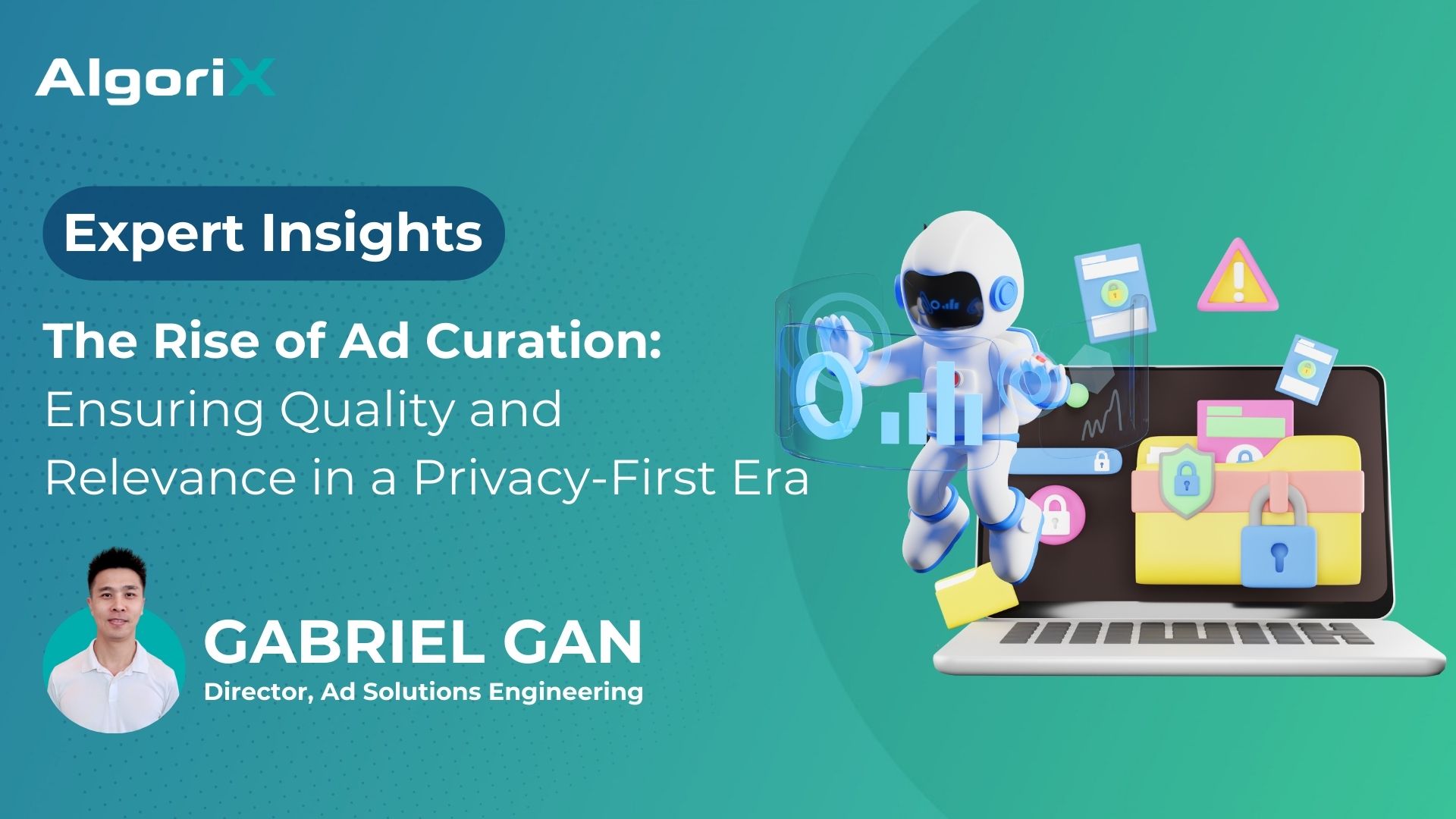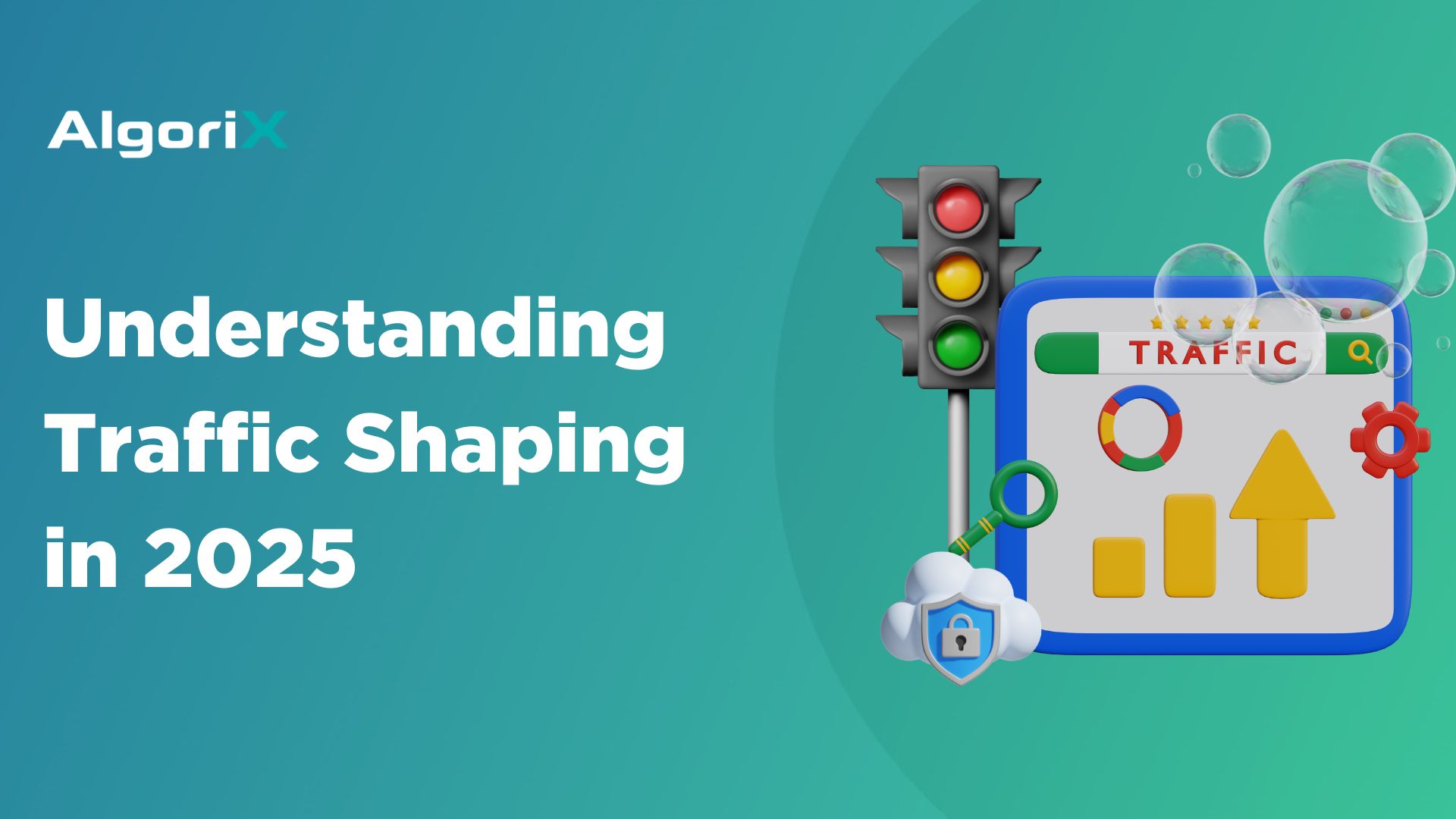User privacy has become a paramount concern, with high-profile data breaches eroding trust and leading to demands for greater transparency over personal data use. Governments have enacted stringent regulations like the GDPR and CCPA to protect user data and penalize non-compliant organizations.
This focus on privacy has spurred the adoption of Privacy Enhancing Technologies (PETs). These technologies safeguard user data throughout its lifecycle without compromising digital services’ functionality. In programmatic advertising, PETs enable precise targeting while protecting user privacy, allowing advertisers to deliver relevant ads while adhering to regulations and maintaining user trust.
Understanding Privacy Enhancing Technologies
To understand how Privacy Enhancing Technologies (PETs) function, let’s examine their core principles that guide their development and application.
Core Principles
Privacy Enhancing Technologies encompass a suite of tools and methodologies aimed at minimizing data exposure and maximizing security. The core principles of PET include:
-
Data Minimization: Collecting only the data that is strictly necessary for a specific purpose.
-
Anonymization and Pseudonymization: Altering data to prevent it from being traced back to an individual.
-
Secure Processing: Ensuring that data is processed in a manner that prevents unauthorized access or leakage.
-
Transparency and Control: Providing users with clear information about data practices and control over their personal information.
Main PET Technologies
-
Secure Multi-Party Computation (MPC)MPC enables multiple parties to compute a function over their inputs while keeping those inputs private. In advertising, it allows advertisers and publishers to combine insights without revealing individual user data.Example: An advertiser and a publisher jointly calculate user base overlap to tailor ad campaigns without accessing each other’s data directly.
-
Differential PrivacyDifferential Privacy adds controlled noise to data analysis, making it difficult to identify any individual’s data within a dataset. This permits statistical analysis without compromising privacy.Example: An ad platform analyzes user behavior trends to improve targeting while ensuring no single user’s contribution is discernible.
-
Federated LearningFederated Learning trains machine learning models across decentralized devices holding local data samples, without exchanging the data itself. Only learned parameters are shared and aggregated.Example: A mobile app improves ad recommendations by training models on-device and sending only model updates to a central server, keeping user data on the device.
-
Trusted Execution Environments (TEEs)TEEs are secure areas within a processor that protect sensitive data in an isolated environment, preventing unauthorized access even if the main operating system is compromised.Example: Ad servers use TEEs to securely handle bidding and user data processing, reducing the risk of data breaches.
-
Aggregation/K-AnonymityAggregation and K-Anonymity group data so individual records cannot be distinguished from at least K-1 others, protecting individual identities within a dataset.Example: Reporting ad performance metrics in aggregated form prevents identifying individual user actions while still providing valuable insights.
The Key Roles of PET in Programmatic Advertising
PETs are transforming programmatic advertising by balancing effective ad delivery with user privacy protection. Let’s explore the key roles PETs play in this industry.
The Role of Data Clean Rooms (DCRs)
A notable example of PETs in action is the Data Clean Room (DCR), a secure environment that allows advertisers to analyze and aggregate data without exposing sensitive information. DCRs are particularly valuable for ensuring compliance with privacy regulations while still enabling collaborative data insights, making them an increasingly popular tool in the digital marketing space. As data-sharing restrictions tighten due to regulations like GDPR and CCPA, and with the impending phase-out of third-party cookies, DCRs provide a privacy-preserving solution for measuring and optimizing campaign performance.
Protecting User Data and Enhancing Trust
By using PETs proactively, advertisers show a commitment to user privacy, enhancing brand reputation and building trust. When users feel their data is secure, they’re more likely to engage with content and share information. Prioritizing privacy helps companies stand out in a competitive market, fostering greater brand loyalty.
Promoting Data Sharing and Collaboration
PETs facilitate secure collaboration between different players in the advertising ecosystem. MPC lets advertisers and publishers work together on campaigns by combining insights without sharing raw data. This secure data sharing promotes innovation and efficiency across the industry, helping the entire ecosystem grow.
Challenges and Solutions
While PETs offer significant benefits, implementing them brings certain challenges. Here’s how companies can address them.
Performance Overhead
Privacy Enhancing Technologies (PETs) like Secure Multi-Party Computation (MPC) and Homomorphic Encryption can introduce significant computational demands due to their complexity. This increased processing time may lead to latency issues, causing delays in ad delivery and bidding processes. To address these challenges, companies can develop more efficient algorithms to reduce computational load, utilize specialized hardware for acceleration to improve processing speeds, and apply PETs strategically where privacy risks are highest to balance performance and security.
Increased Costs
Implementing PETs can require substantial investment in technology and expertise, leading to higher initial expenses. Ongoing maintenance and updates can also add to operational costs. Solutions include conducting a cost-benefit analysis to weigh the long-term benefits of compliance and trust against these initial costs, starting with scalable PET implementations that can grow with the business, and engaging in industry collaboration to share resources and knowledge through industry groups, thereby reducing individual costs.
Industry Standards and Interoperability
A lack of standardization in PET implementations can create compatibility issues between systems. To address this, industry groups like the IAB Tech Lab are establishing standards. In July 2023, they released two key standards: Data Clean Rooms: Guidance and Recommended Practices Version 1.0 and Open Private Join and Activation Version 1.0, which outline how to deploy privacy-enhancing technologies in Data Clean Rooms for secure data sharing and audience activation.
Additionally, in September 2024, the IAB Tech Lab introduced the PAIR (Publisher Advertiser Identity Reconciliation) protocol, an open standard enabling secure, privacy-safe first-party data matching between advertisers and publishers. The PAIR protocol, currently open for public comment until October 25, 2024, aims to enhance interoperability between DCRs and ensure privacy-first data collaboration.
These efforts help organizations integrate PETs smoothly across platforms, supporting compliance and collaboration in the evolving digital advertising landscape.
Conclusion
The integration of Privacy Enhancing Technologies is no longer optional in the programmatic advertising industry—it is imperative. As privacy concerns continue to shape the digital landscape, advertisers must adapt by embracing technologies that protect user data without sacrificing the effectiveness of their campaigns.
At AlgoriX, we are dedicated to pioneering solutions that balance privacy with precision. We believe in a future where effective advertising and user privacy coexist harmoniously. Contact us to learn how we can help you navigate this evolving landscape and achieve your advertising goals responsibly.













